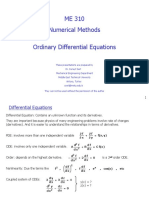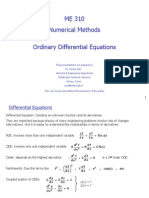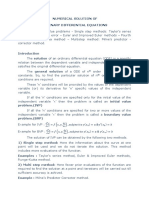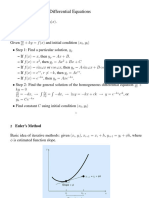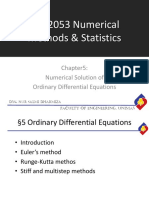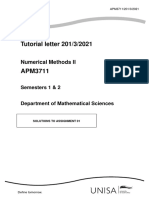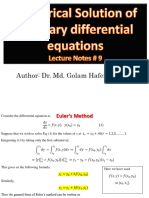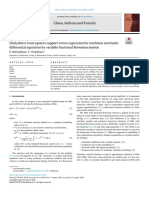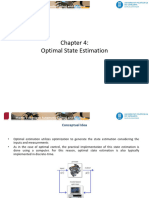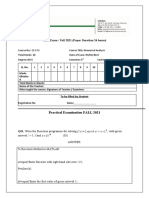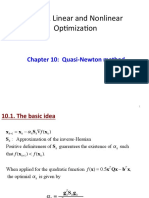0% found this document useful (0 votes)
24 views65 pagesLecture 12 and 13 (Initial Value Problem For ODE) - 3
Lecture 12 and 13 (Initial value problem for ODE)_3Lecture 12 and 13 (Initial value problem for ODE)_3Lecture 12 and 13 (Initial value problem for ODE)_3
Uploaded by
aawasif036Copyright
© © All Rights Reserved
We take content rights seriously. If you suspect this is your content, claim it here.
Available Formats
Download as PDF, TXT or read online on Scribd
0% found this document useful (0 votes)
24 views65 pagesLecture 12 and 13 (Initial Value Problem For ODE) - 3
Lecture 12 and 13 (Initial value problem for ODE)_3Lecture 12 and 13 (Initial value problem for ODE)_3Lecture 12 and 13 (Initial value problem for ODE)_3
Uploaded by
aawasif036Copyright
© © All Rights Reserved
We take content rights seriously. If you suspect this is your content, claim it here.
Available Formats
Download as PDF, TXT or read online on Scribd
/ 65










